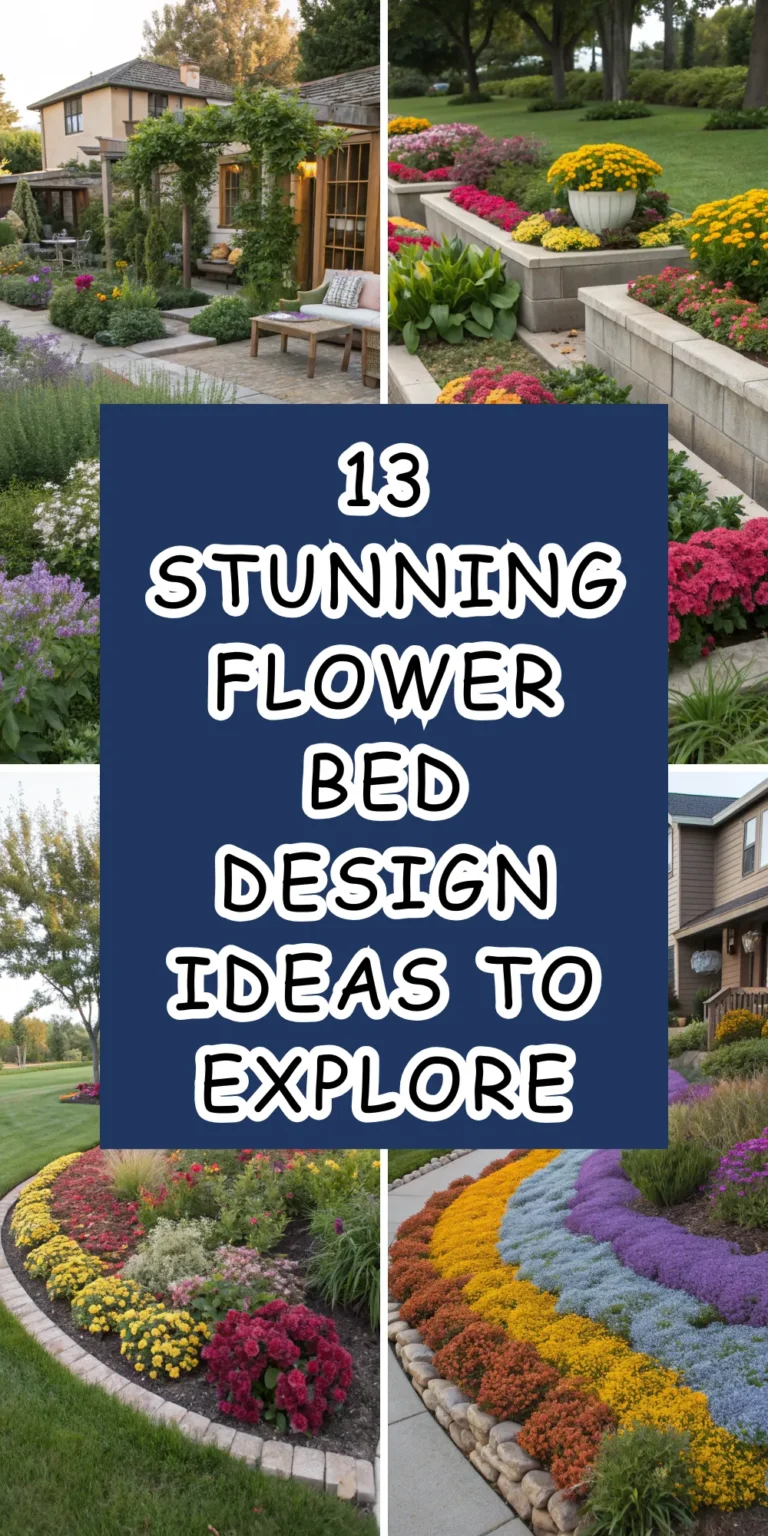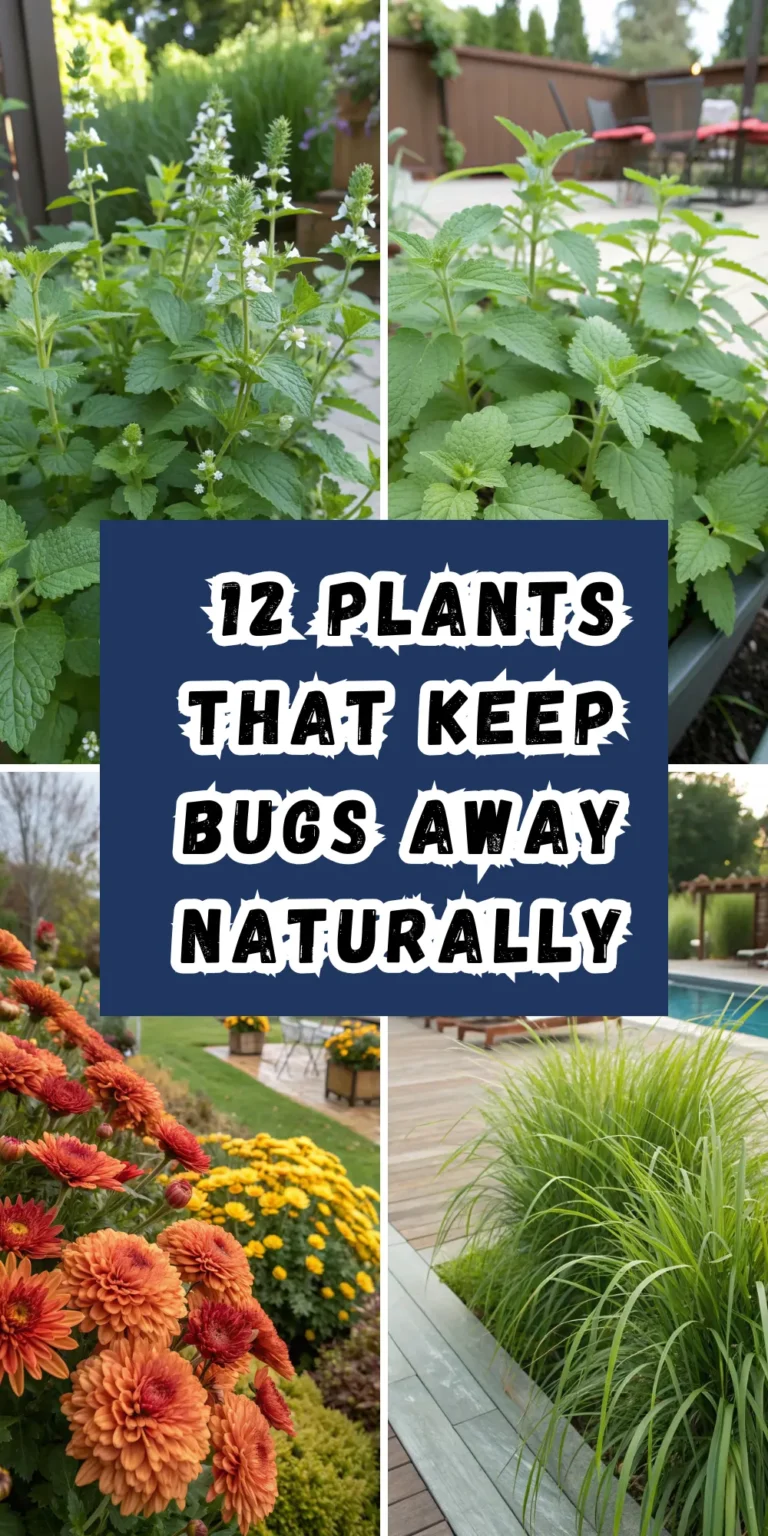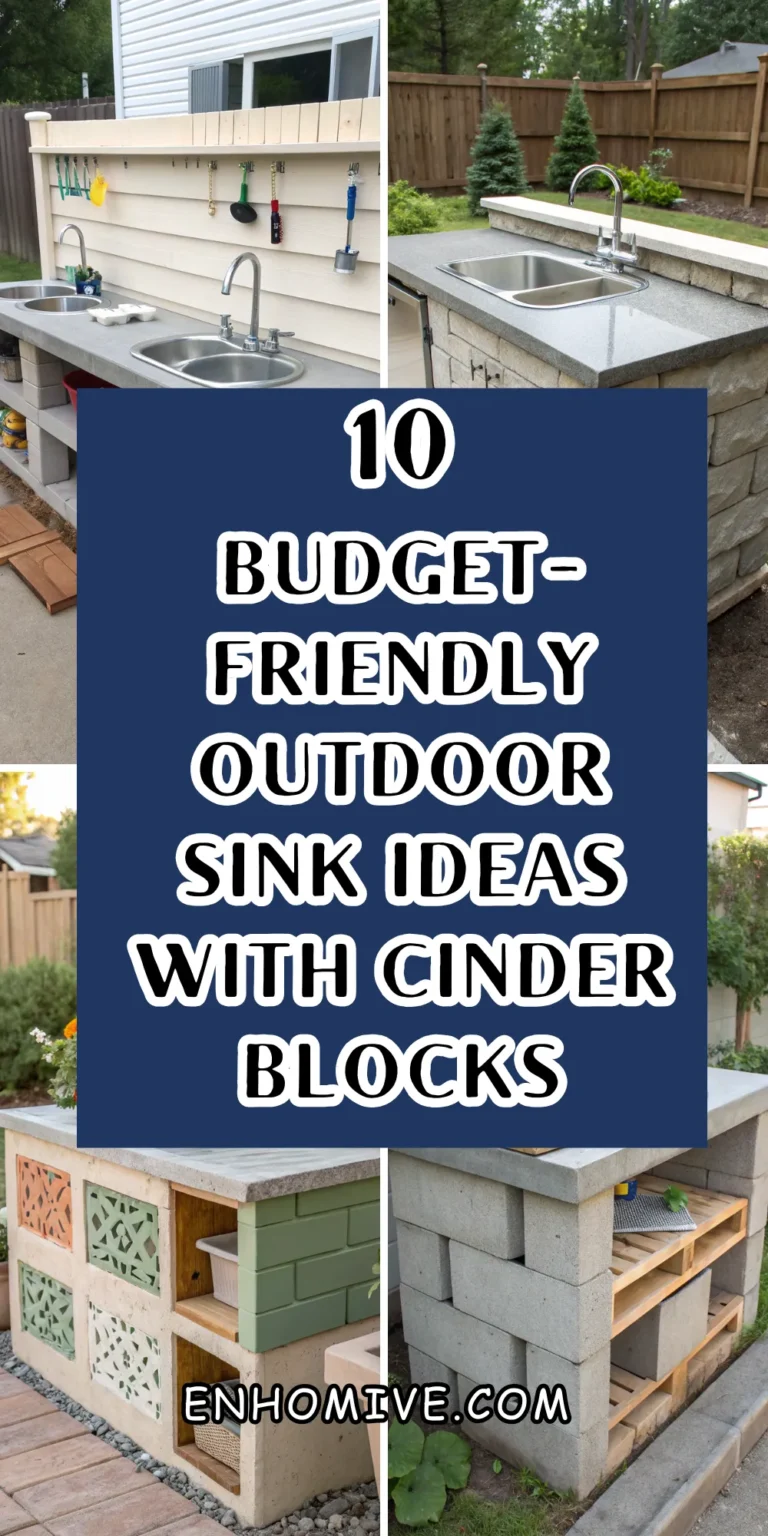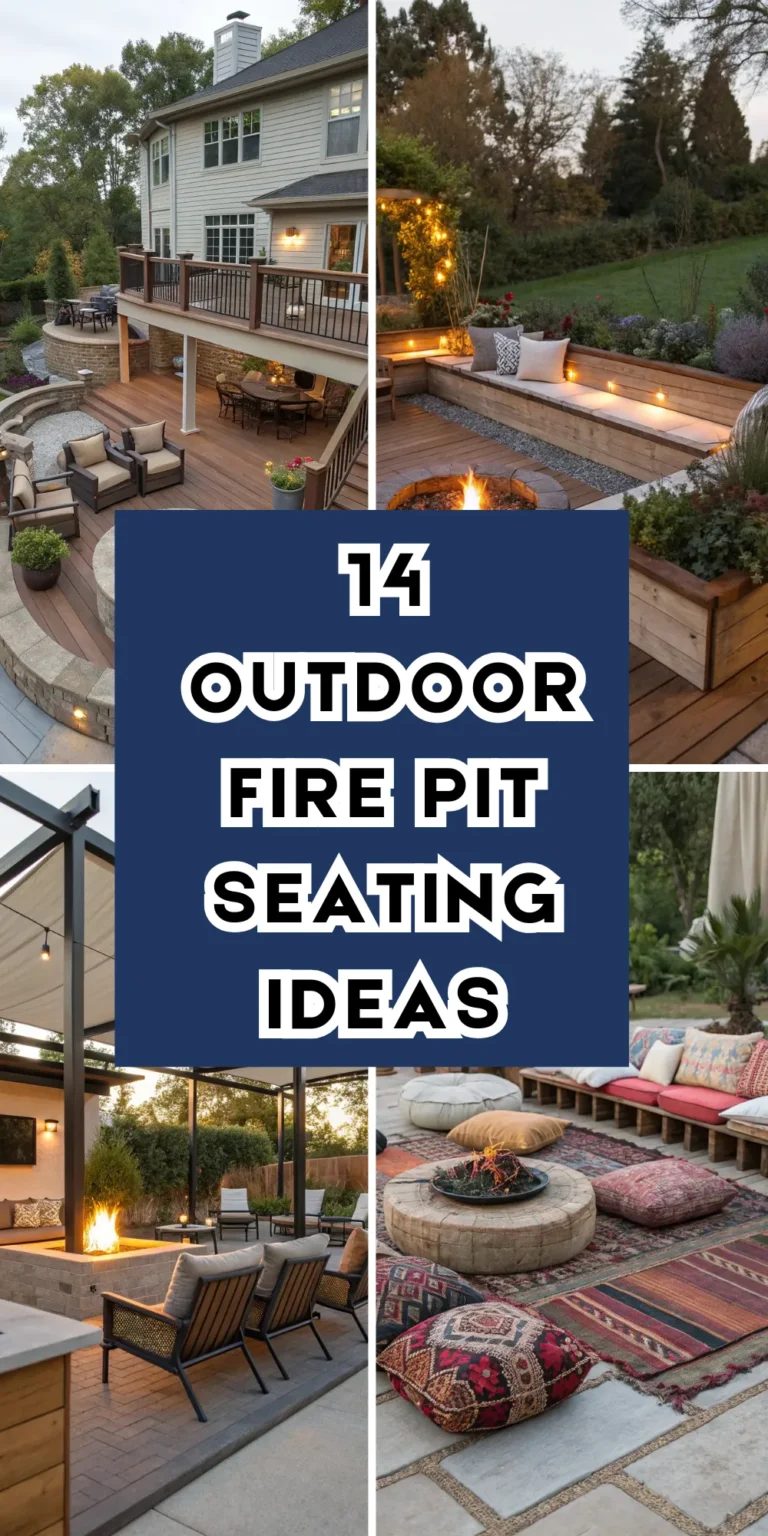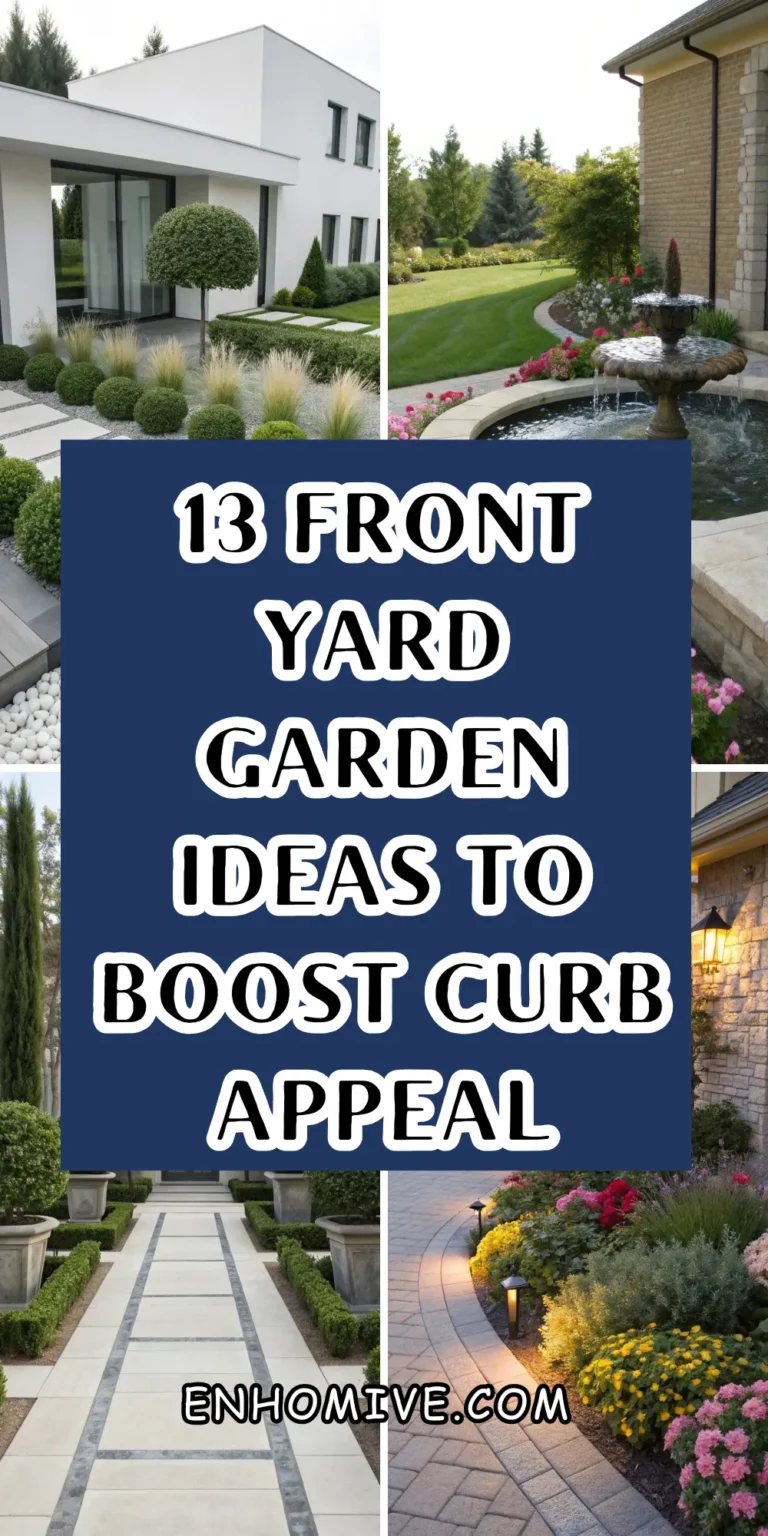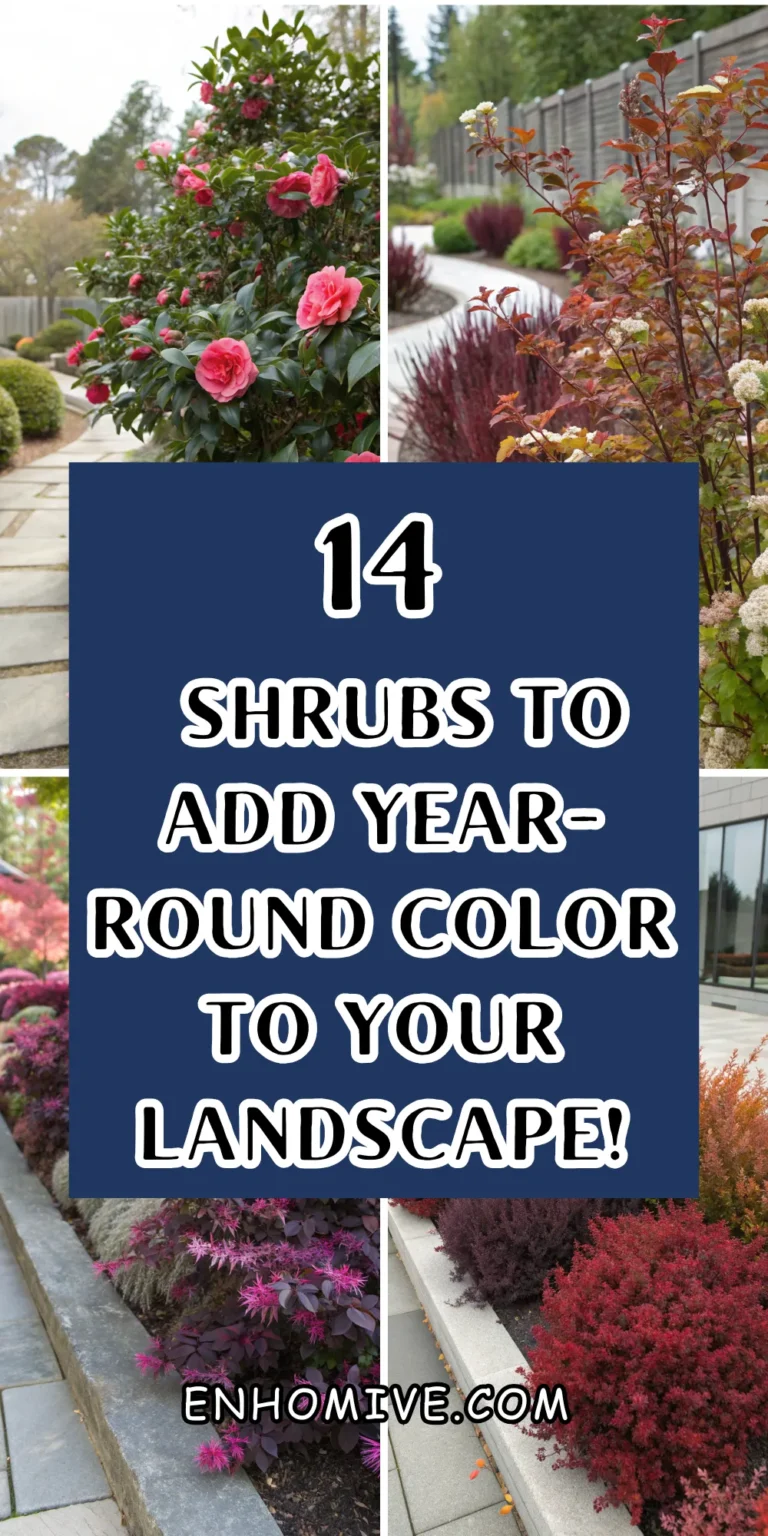15 Easy Raised Bed Ideas For A Charming Cottage Garden
Cottage gardens capture our hearts with their romantic, slightly wild beauty that feels both intentional and effortlessly natural. Raised beds bring structure to this dreamy aesthetic while solving practical problems like poor soil and drainage issues.
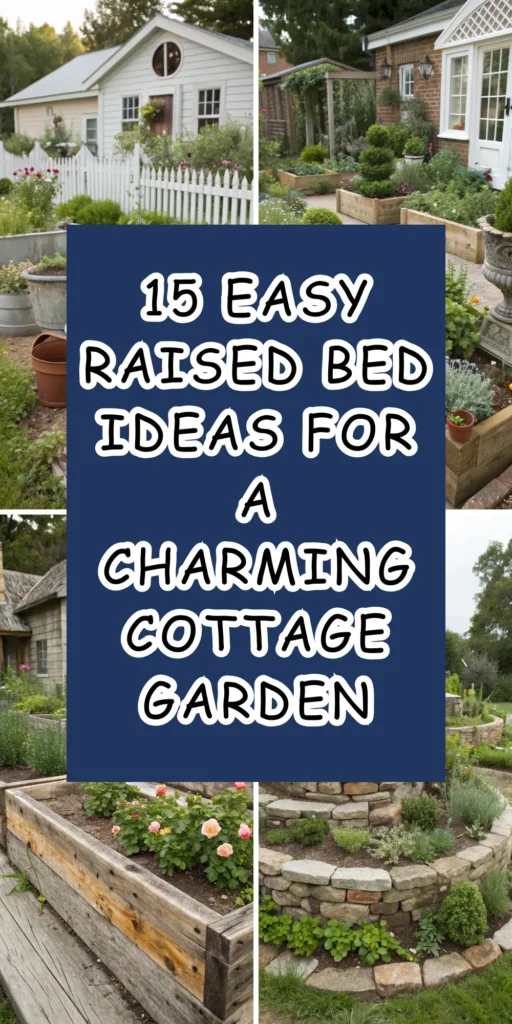
These charming ideas show you how to create cottage garden magic with raised beds that enhance rather than fight against the relaxed, abundant feeling that makes cottage gardens so irresistible.
Weathered Wood Rustic Charm
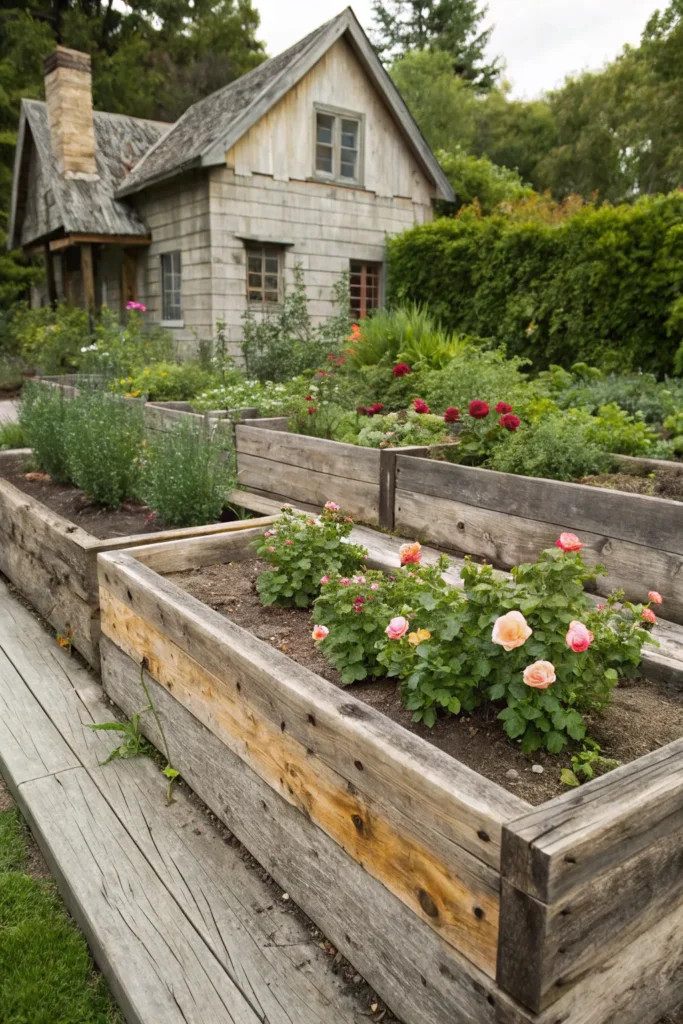
Build raised beds from reclaimed barn wood or naturally weathered lumber that adds instant cottage character. The aged patina and varied wood tones create authentic farmhouse appeal while providing excellent growing conditions for cottage garden favorites like roses and herbs.
Choose wood with interesting grain patterns and natural weathering that tells stories of previous use. Avoid overly uniform materials that look too new or manufactured. Let wood continue aging naturally for authentic cottage appeal, or speed the process with weathering stains that mimic decades of sun exposure.
Stone Border Elegance
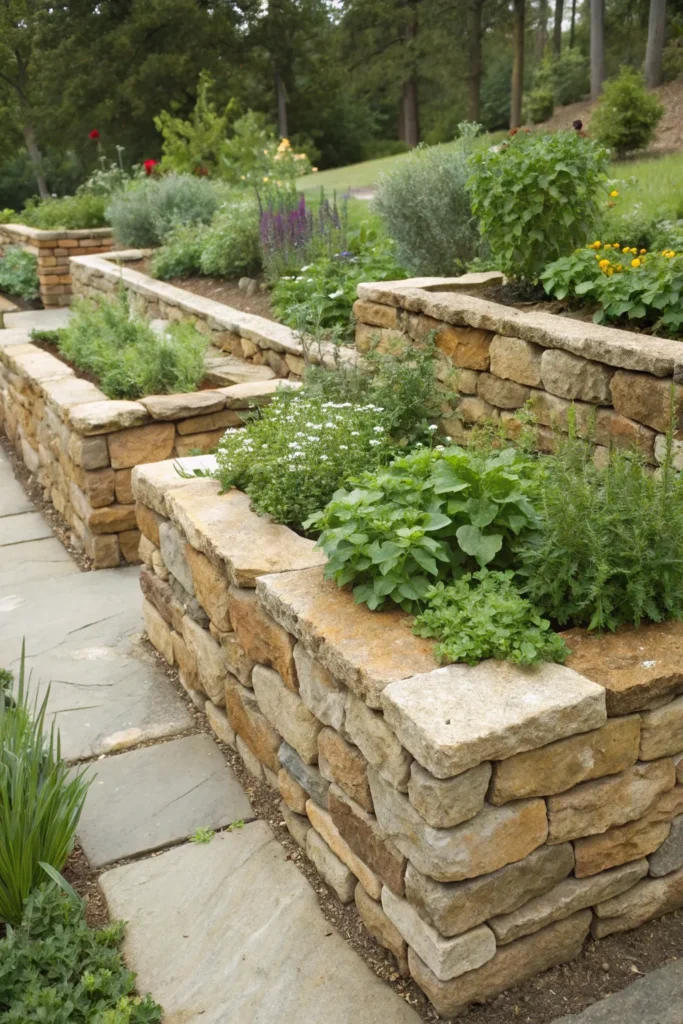
Create permanent raised beds with natural stone borders that age beautifully while providing excellent drainage and thermal mass for plant roots. Fieldstone, limestone, or local quarry stone develops a beautiful patina over time while supporting the abundant plantings that define cottage gardens.
Stack stones without mortar for natural drainage and flexibility to adjust heights as needed. Choose stones with varied sizes and colors for organic appeal rather than uniform manufactured blocks. Plant creeping herbs or flowers between stones for living mortar that softens hard edges.
Woven Willow Bed Borders
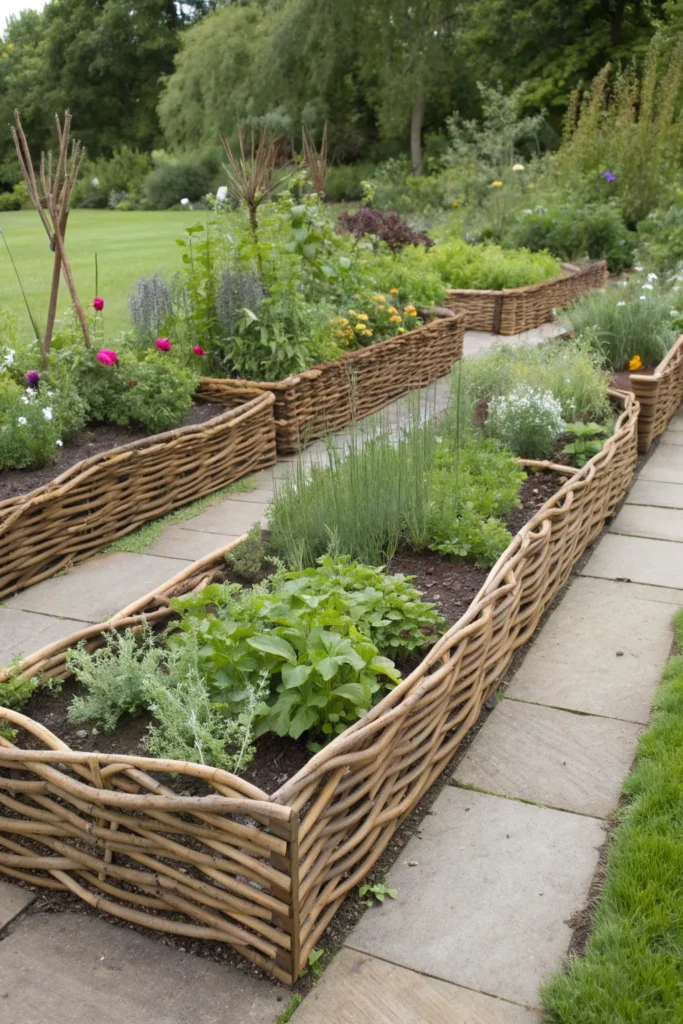
Craft raised bed edges from woven willow branches or other flexible wood materials that create organic, sculptural borders. This traditional technique adds handmade charm while providing growing space that feels integrated with natural landscape rather than imposed upon it.
Source willow or other flexible woods locally when possible for authentic regional character. Weave borders tightly enough to contain soil but loosely enough to allow drainage. This approach works particularly well for herb gardens and cutting flower beds where cottage garden informality shines.
Brick Pathway Integration
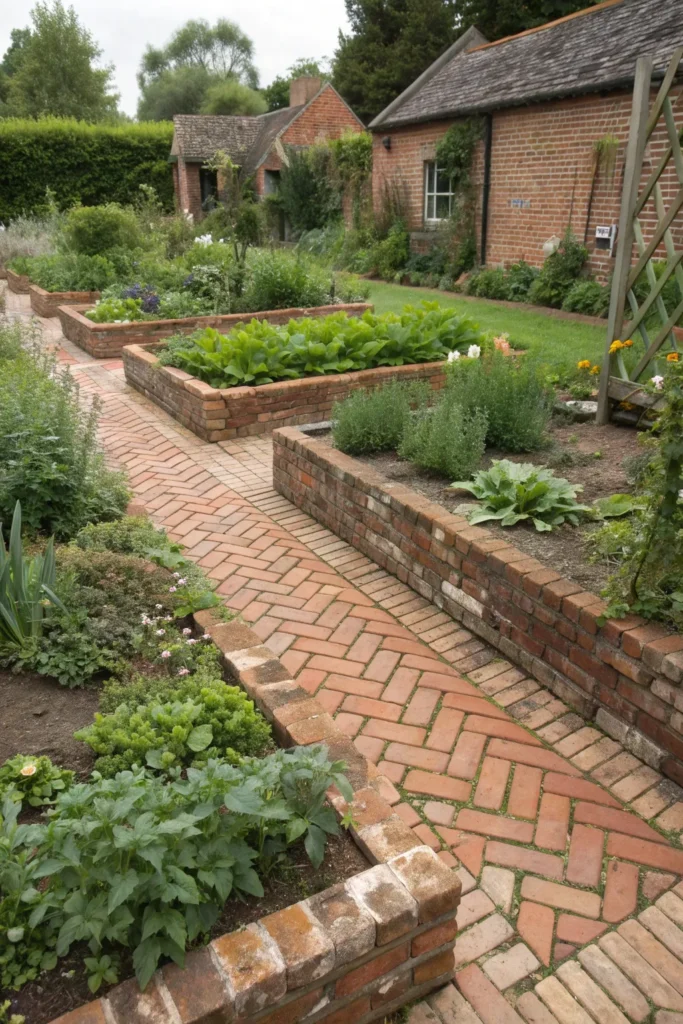
Combine raised beds with brick pathways that create structured circulation through cottage garden abundance. This approach organizes growing space while providing clean walking surfaces that let you enjoy your garden without muddy feet or damaged plants.
Choose reclaimed or tumbled bricks that look aged rather than brand new for authentic cottage appeal. Consider herringbone or basket weave patterns that add visual interest to pathway surfaces. Plant low-growing herbs or flowers between bricks for living pathways.
Tiered Garden Terraces
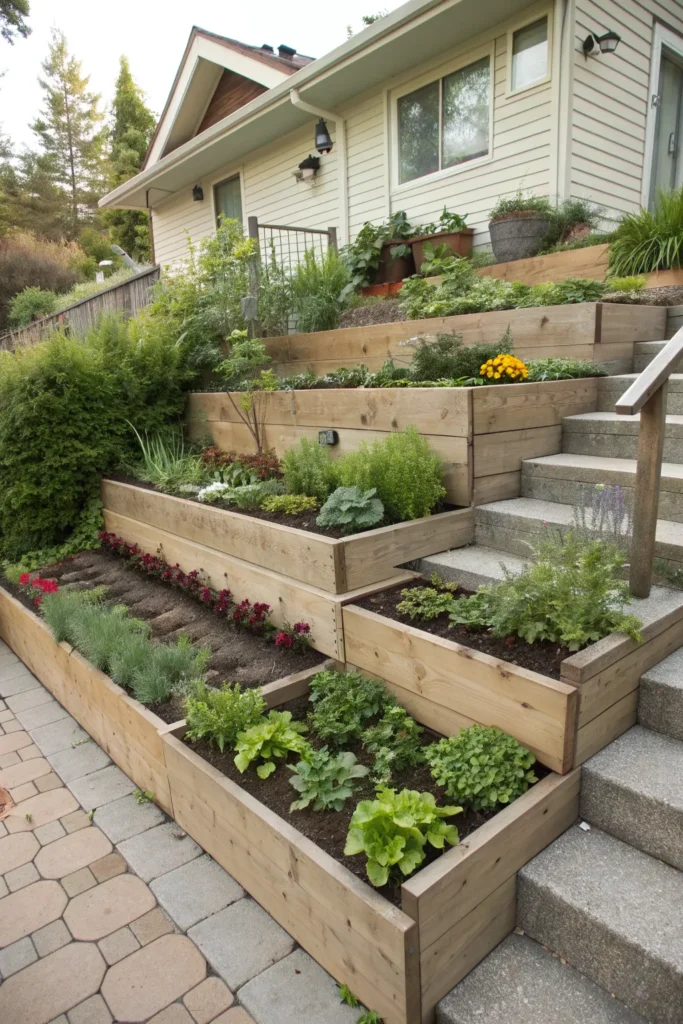
Create multiple levels of growing space with stepped raised beds that maximize planting area while adding architectural interest to sloped or flat areas. This terraced approach lets you grow more varieties while creating natural organization for different plant types.
Plan drainage carefully to prevent water damage to lower beds during heavy rainfall. Use retaining materials that complement each other while offering height variety for visual appeal. Consider how terraces create microclimates for different plant needs within your cottage garden.
Picket Fence Bed Borders
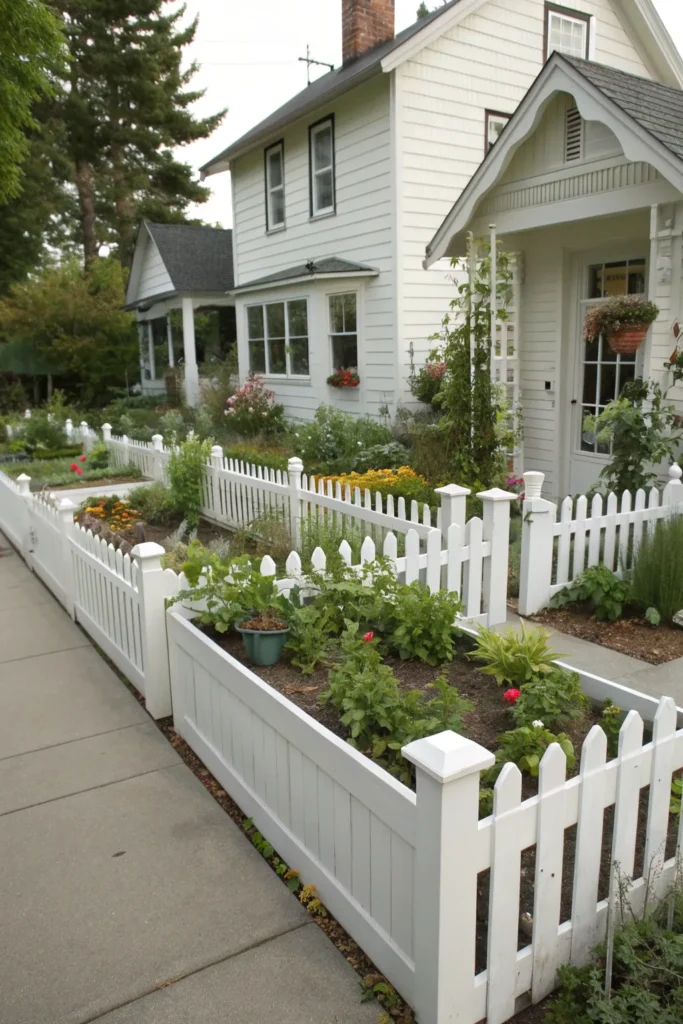
Add cottage charm with white picket fence borders around raised beds that echo traditional cottage garden styling. This approach creates defined growing spaces while maintaining the quaint, residential appeal that makes cottage gardens feel welcoming and homey.
Choose fence heights that contain soil effectively while allowing easy access for planting and harvesting. Consider gate openings for larger beds that let you reach center areas comfortably. Paint or stain fencing to complement your home’s exterior trim for cohesive appeal.
Half-Barrel Planters
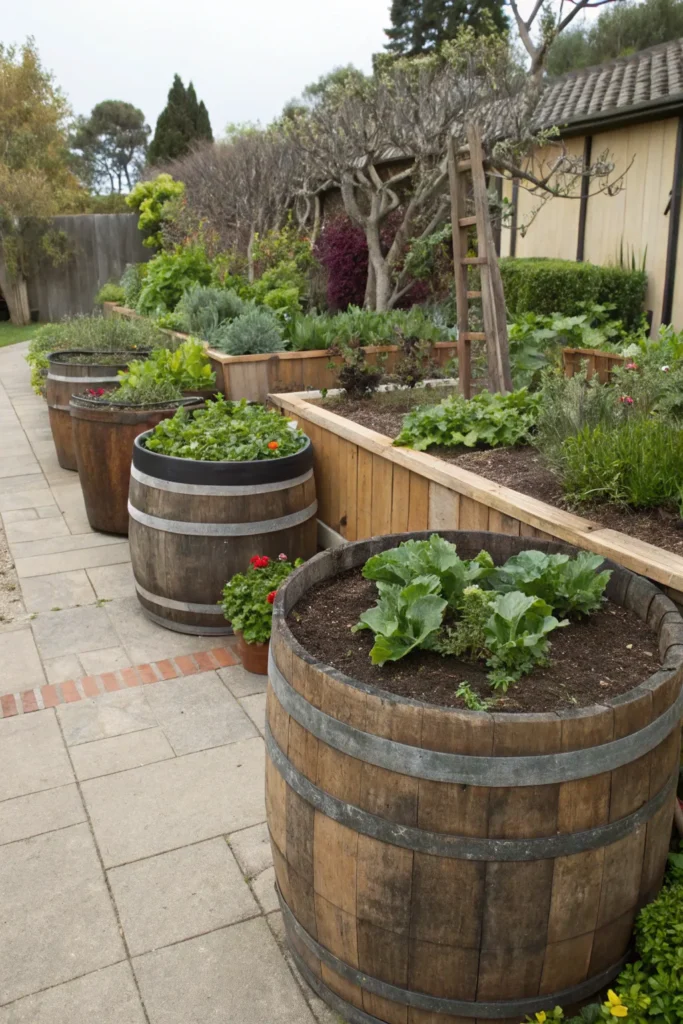
Repurpose wine barrels or large wooden containers as raised bed planters that add rustic charm while providing excellent growing conditions for cottage garden plants. These circular beds create natural focal points while offering mobility for seasonal rearrangement.
Drill drainage holes and line barrels with landscape fabric to prevent soil loss while allowing water movement. Choose barrel sizes appropriate for your intended plants and available space. Consider grouping multiple barrels of different sizes for dynamic garden layouts.
Herb Spiral Design
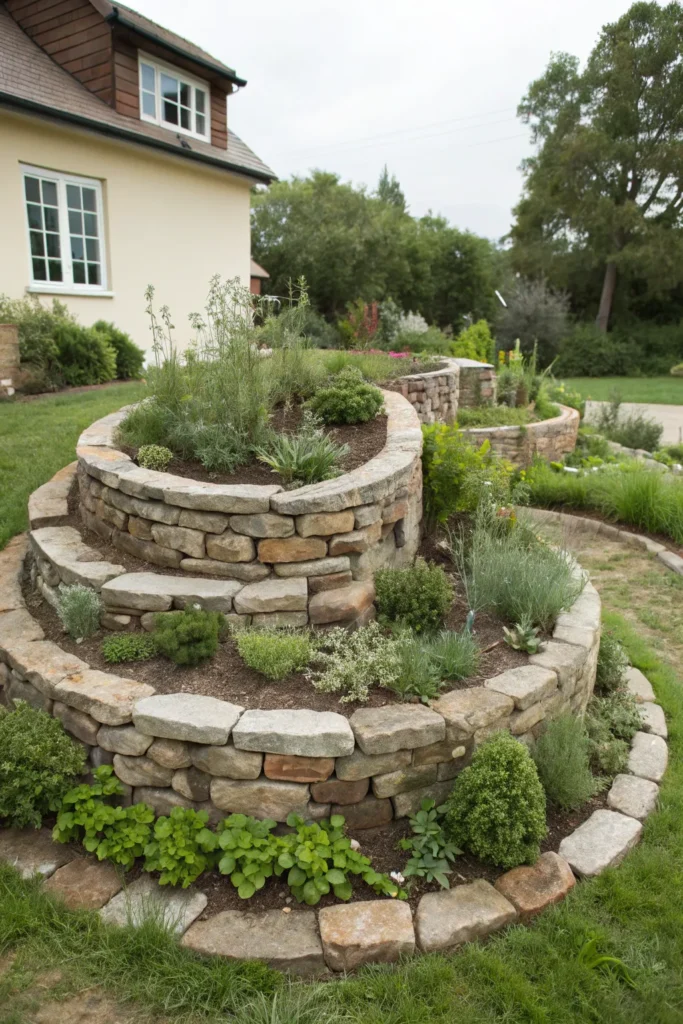
Build spiral-shaped raised beds that maximize growing space while creating natural microclimates for different herb varieties. This permaculture technique adds sculptural interest while providing warm, cool, wet, and dry growing conditions in one compact structure.
Start spirals with larger stones at the base and work upward with progressively smaller materials. Plant herbs according to their water and sun preferences, with Mediterranean herbs at the top and moisture-loving varieties at the bottom. This design becomes more beautiful as plants establish and cascade naturally.
Cottage Gate Integration
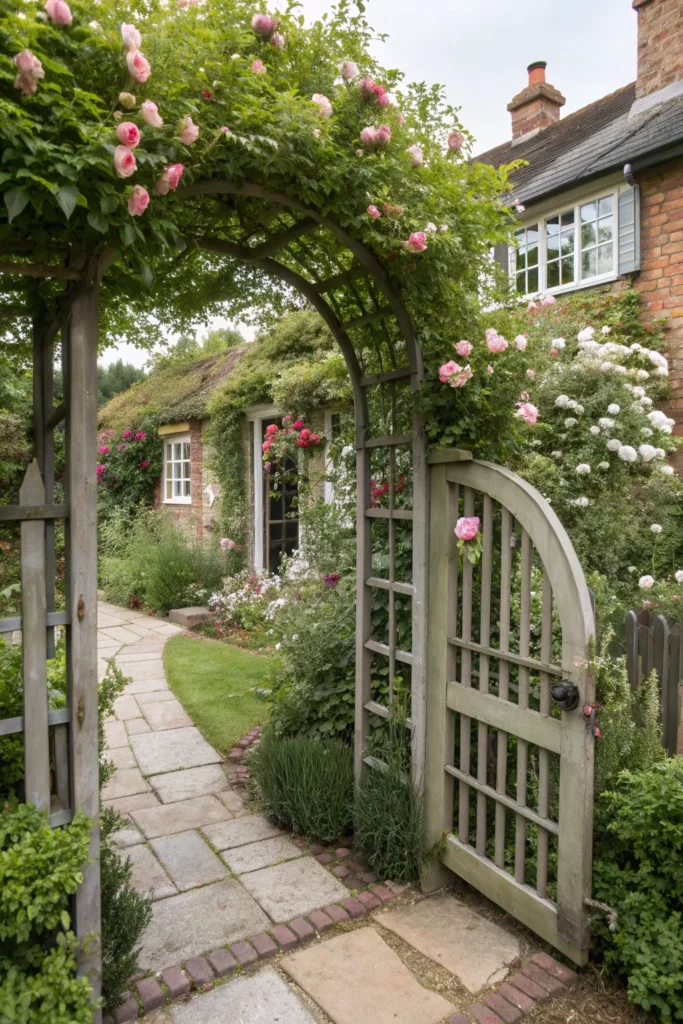
Frame raised bed entrances with arched gates or trellises that support climbing roses, clematis, or other cottage garden classics. This approach creates magical entry points while providing vertical growing space that enhances the abundant, overflowing feeling of cottage gardens.
Choose gate materials that weather beautifully and complement your raised bed construction. Consider how climbing plants will look year-round, not just during peak bloom periods. Position gates to create natural pathways that guide visitors through your cottage garden experience.
Mixed Material Borders
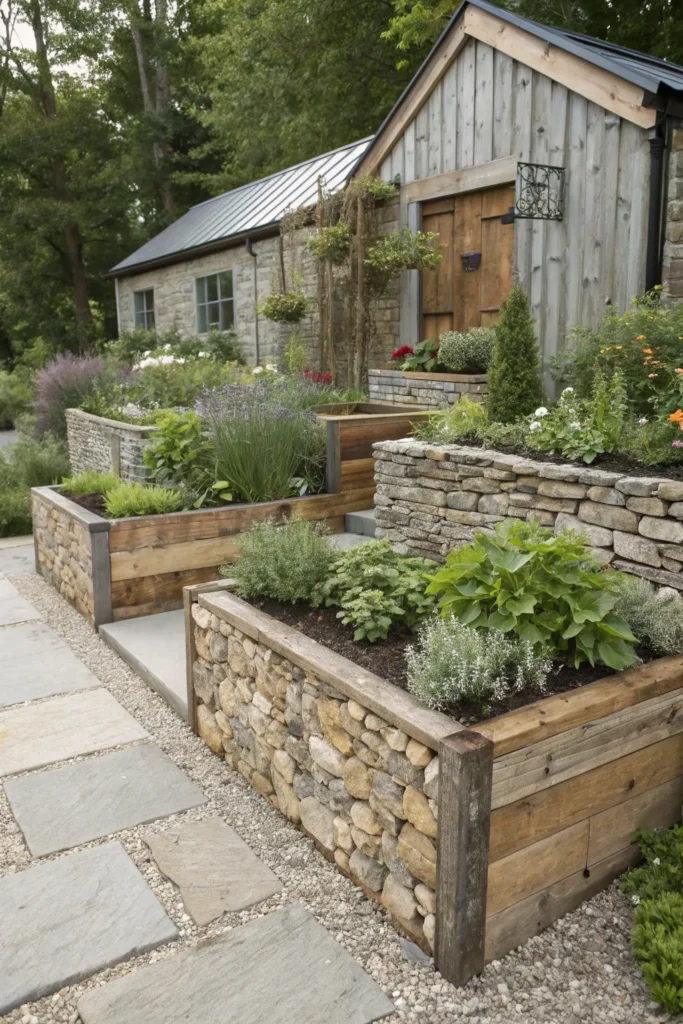
Combine different natural materials like stone, wood, and metal to create raised bed borders with varied textures and visual interest. This eclectic approach reflects cottage gardens’ collected-over-time feeling while providing structural variety that prevents monotony.
Choose materials that complement each other while offering different heights and textures for dynamic appeal. Consider how mixed materials age and weather over time. This approach works particularly well for larger cottage gardens where uniform materials might feel too structured.
Living Willow Structures
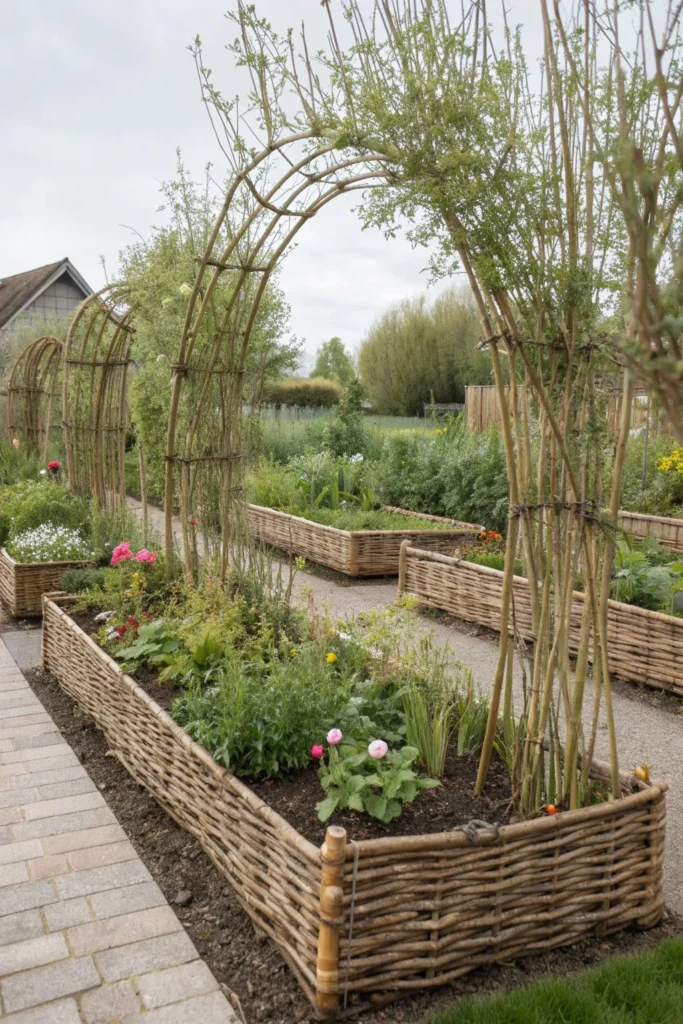
Plant living willow branches that root and grow to create self-sustaining raised bed borders and garden structures. This traditional technique creates truly living garden elements that improve with age while providing unique sculptural interest.
Source willow varieties appropriate for your climate and growing conditions. Plant during dormant seasons for best establishment success. Consider how living structures integrate with permanent garden elements and plan for growth and maintenance needs over time.
Vintage Container Gardens
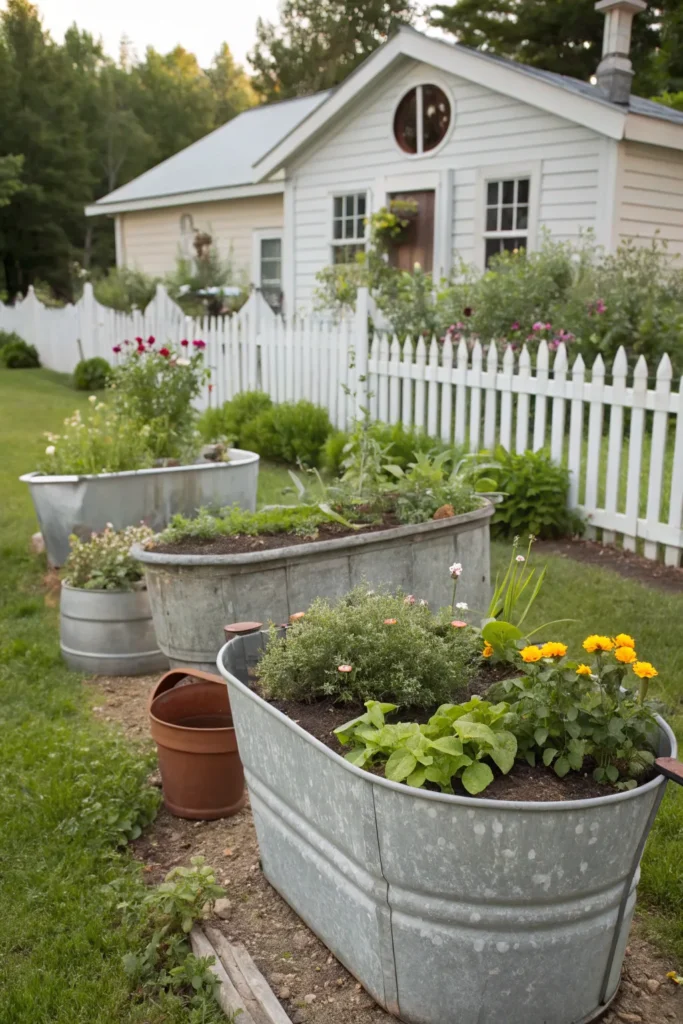
Repurpose vintage containers like galvanized tubs, old sinks, and antique planters as raised growing spaces that add authentic cottage character. These unique containers create conversation pieces while providing excellent growing conditions for specialized plant collections.
Hunt antique stores and estate sales for containers with drainage potential and appropriate sizes for your intended plants. Consider how vintage containers group together and integrate with other garden elements. Some containers work better for seasonal displays than permanent plantings.
Curved Bed Flowing Lines
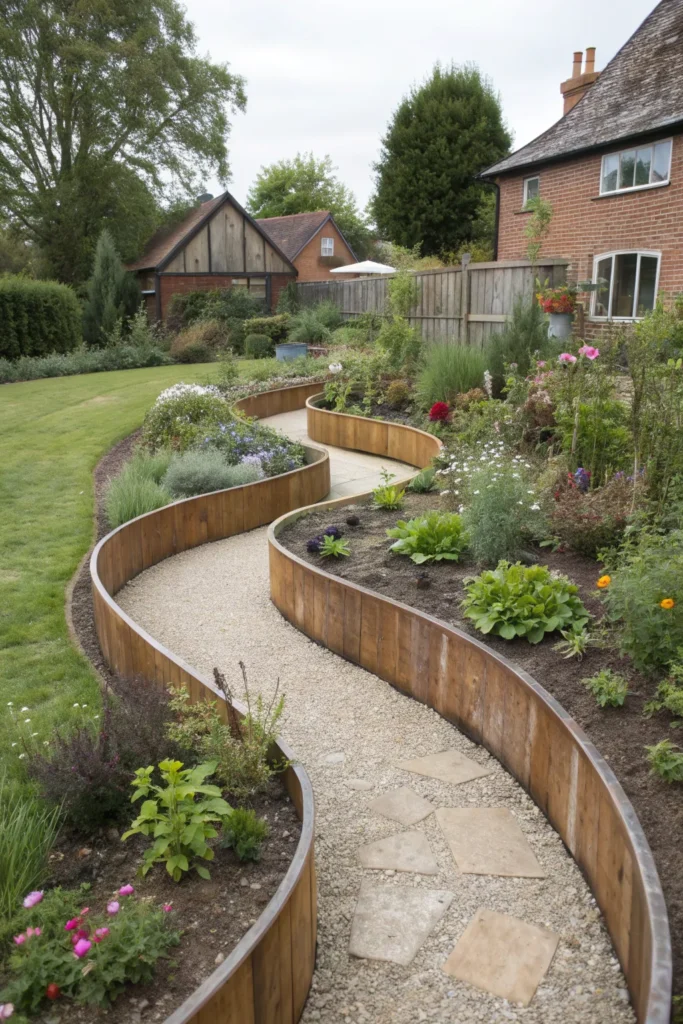
Design raised beds with gentle curves that mimic natural landscape contours while creating flowing, organic shapes that feel more natural than rigid rectangular plots. This approach softens garden edges while creating dynamic visual movement through your cottage garden.
Use flexible border materials like metal edging or bendable wood that conform to curved shapes easily. Consider how curved beds affect mowing and maintenance access. Plan curves that complement your landscape’s natural features rather than fighting against existing topography.
Cottage Fence Integration
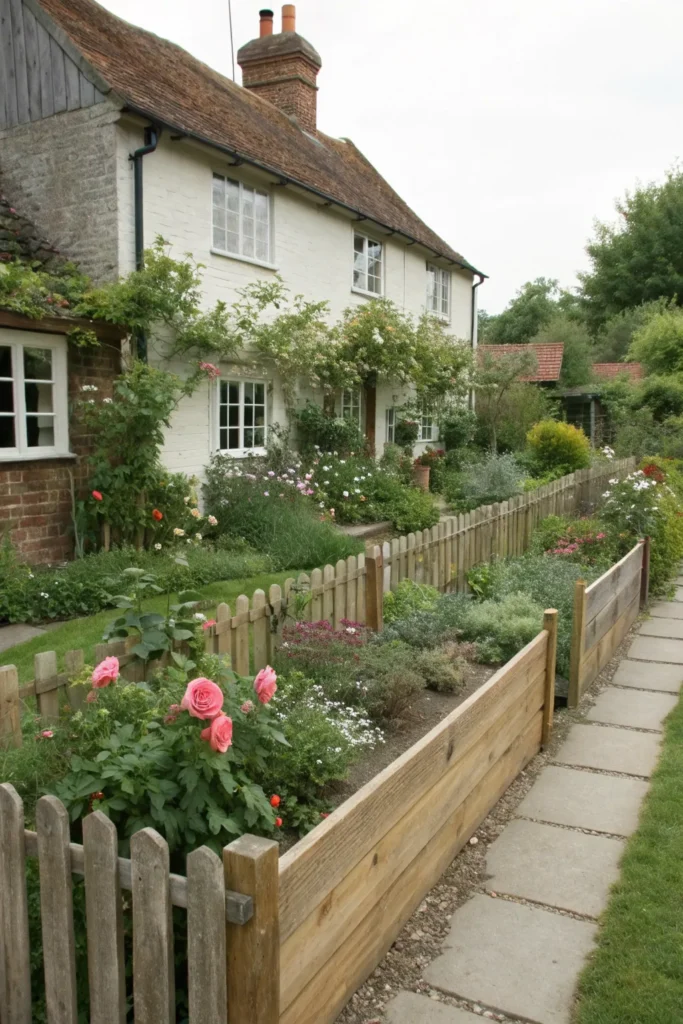
Incorporate raised beds into existing fence lines or create new fencing that serves dual purposes as garden borders and property definition. This approach maximizes growing space while providing support for climbing plants that enhance privacy and beauty.
Choose fence styles that complement cottage garden aesthetics like split rail, picket, or board-and-batten designs. Consider how raised beds affect fence maintenance and access. Plant climbing varieties that enhance rather than damage fence structures over time.
Seasonal Display Rotation
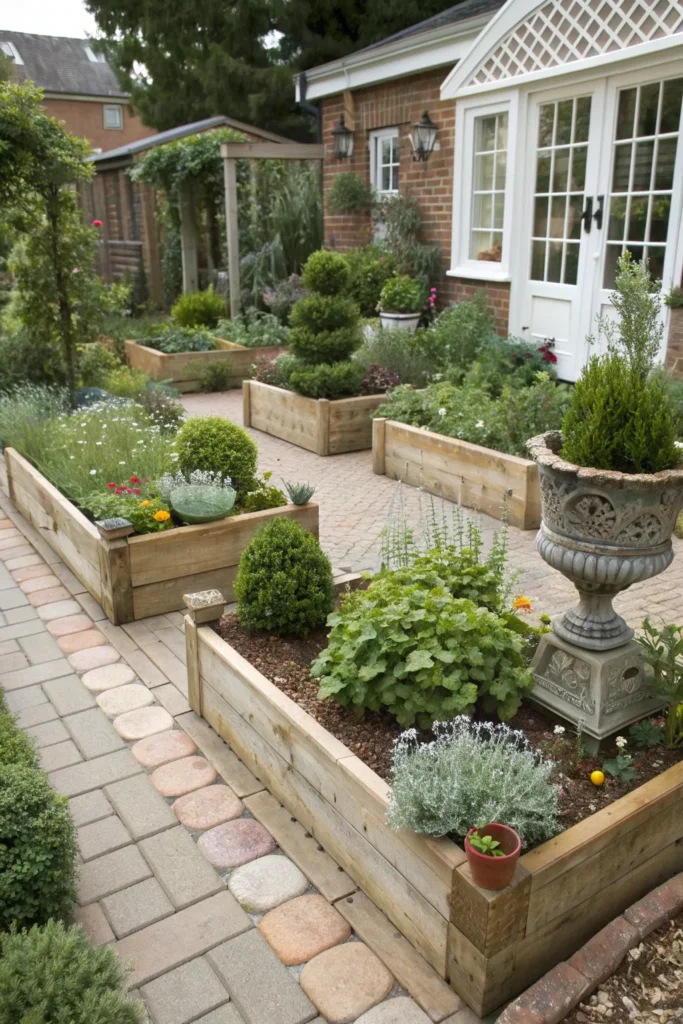
Design raised beds that accommodate seasonal plantings and decorative elements that keep cottage gardens interesting year-round. This approach lets you experiment with different plant combinations while maintaining structure during dormant seasons.
Plan bed layouts that look attractive even when plants are cut back or dormant. Consider permanent structural elements like small shrubs or evergreen herbs that provide winter interest. Include space for seasonal decorations that enhance cottage garden charm during different seasons.
Cottage garden raised beds succeed when they feel like natural extensions of your landscape rather than imposed structures. These ideas show you how to create growing spaces that enhance the romantic, abundant feeling that makes cottage gardens so appealing while solving practical challenges like soil quality and drainage. Start with materials and styles that speak to your vision of cottage garden perfection, then let plants and time create the magical, slightly wild beauty that makes these gardens irresistible to both gardeners and visitors.

